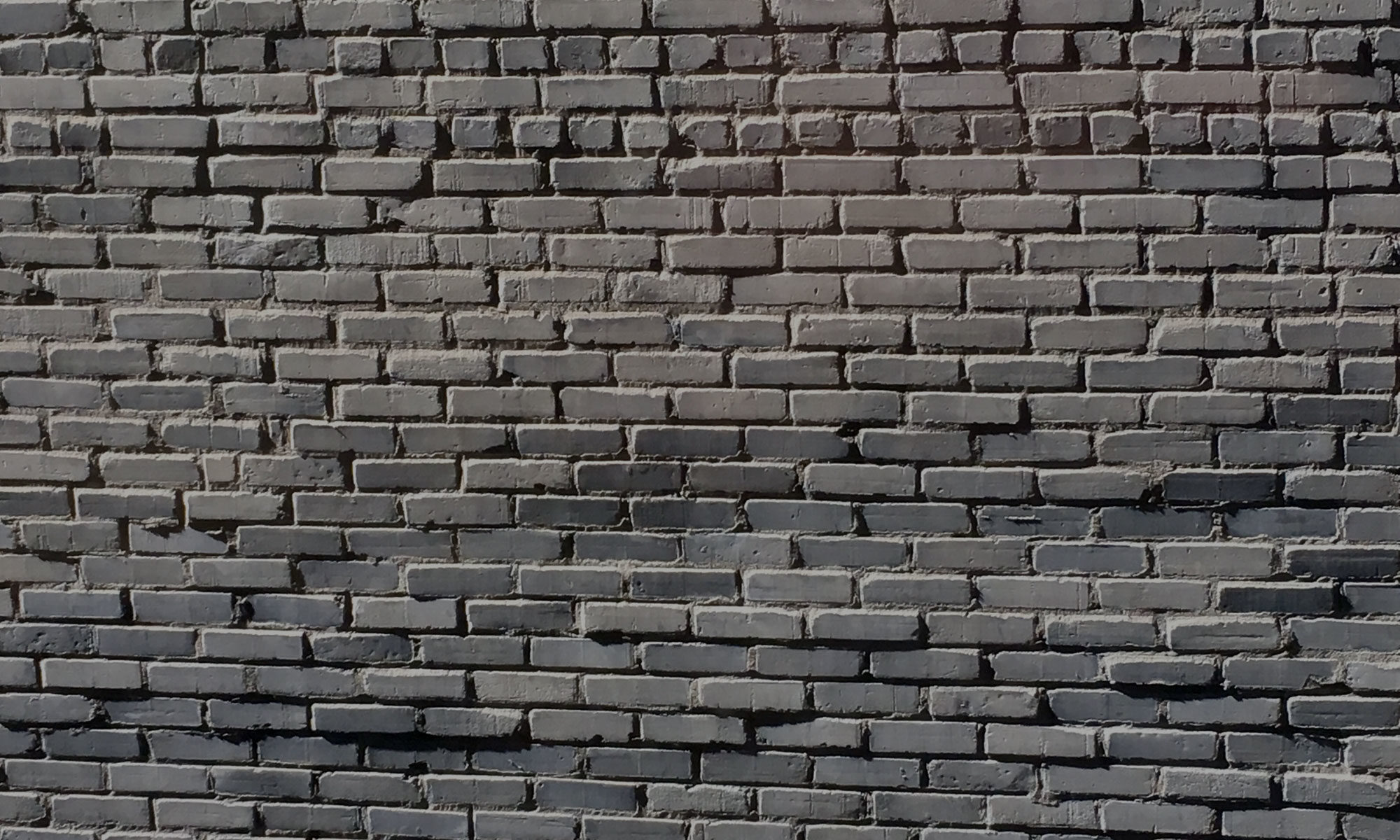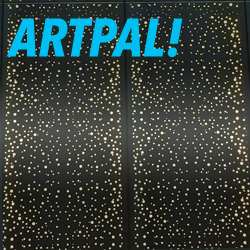When artists have a distinctive style, it can be jarring to look at works of theirs that come across a little differently. Keith digs into a couple of MIA pieces– Kehinde Wiley’s Santos Dumont- The Father of Aviation II (MIA accession no. 2010.99) and Georgia O’Keeffe’s City Night (80.28)–that diverge from what we usually expect from these artists.
FULL EPISODE TEXT
Hi there! I’m Keith Pille, your art pal.
In this episode, we’re continuing our season one walk through a selection of objects on display at the Minneapolis institute of Art. But here we’ll be doing things a little bit differently. I’d like to talk about two different works of art that all have something in common. I know that if you’re in the museum, this makes it tough to have the audio going while looking at both. Sorry about that! I guess walk from one to the next when I’m talking about them? I’m sure you’ll figure something out. If you’re going the listening-somewhere-else-and-just-looking-at-image-search-results route, I guess you come ahead on this episode.
Anyway. The two artworks we’ll be talking about in this episode are: first, a painting by Kehinde Wiley, done in 2009, called “Santos Dumont – the father of Aviation II.” This painting’s MIA Accession number is 2010.99. The second painting is one by Georgia O’Keeffe, painted in 1926, called “City Night,” MIA accession number 80.28.
Those are our paintings. What do these paintings have in common that made me group them together?
For the answer, let’s take a close look at each painting, starting with the Wiley. Kehinde Wiley has made his reputation with his striking portraits, most of which are of young African American men and women. We seem to keep talking about the intersection of portraiture and photorealism, and that’s an element with Wiley, too; his portraits are stylized if you stand right next to them, but from a distance of even a few feet away, they read as very realistic, with a fine observation of the play of light on darker skin tones being a particular specialty of Wiley’s.
If I can drastically oversimplify Kehinde Wiley’s work for the sake of glibly putting it into an art historical context, he takes the sort of grandiose language of portraiture that we associate with, like, Jacques-Louis David’s portraits of Napoleon (and that might be a thing that’s worth a quick image search) and repurposes it to show a class of people who’ve traditionally been excluded from high-art portraiture. He often even visually quotes existing portraiture, including that of David.
But this painting is a little different from Wiley’s usual work. Wiley’s portraits usually show people in very formal poses, often making eye contact with the viewer, situated in front of abstract, patterned backgrounds. In this painting, two men in everyday clothes lie on the ground in contorted positions; there’s some eye contact with the viewer, but it’s tentative and indirect, hardly the same as the usual visual lock. And the background is a huge departure from the usual Wiley approach — instead of a decorative wall paper-y pattern, these men are posed on a rock formation, with open sky and some plants behind them. These differences are nowhere near big enough to make you doubt for a second who painted this piece; it’s clearly the work of Kehinde Wiley from the second you lay eyes on it. But it’s different enough from what we usually expect from Wiley that it makes you cock your head a minute and say, “what?” Or, if you’re like me and were first exposed to Wiley by seeing this painting, it makes it a little bit hard to accept his usual style.
Let’s shift gears now and talk Georgia O’Keeffe. Specifically, City Night. Now, as is the case with a lot of the pieces I’ve selected to talk about in this series, this painting is an old favorite of mine. I fell in love with this painting in my early years of living in Minneapolis and going to the MIA; at the time, I was transitioning from being a small-town rural midwestern guy into a fancy-dan sort-of-big-city dweller, so I was naturally drawn to O’Keeffe’s stark, geometric depiction of skyscrapers hulking over the viewer. It’s recognizable a cityscape, even without the title, but it’s also somewhat abstracted. It feels more like an idea that a stark reality. It does a great job of capturing what it feels like to experience awe in an urban environment.
But! It’s very, very different from what we usually think of with Georgia O’Keeffe. Even though O’Keeffe did paint a number of other cityscapes, when we think of her as an artist, a few other recurring themes come to mind: intimate paintings of plants and sweeping Southwest landscapes. A distinct palette that skews hard towards lighter colors and pastels, often moving from one to the next in exquisite gradients of tone. City Night is almost an exact opposite of most of these elements, although there are a few hints of O’Keeffeian gradients on the sides of the buildings and the dreamlike abstraction is at least in the same neighborhood of the feel of her southwest landscapes. The MIA does have several other O’Keeffes on display that are more typical, for what it’s worth. But I think being more typical makes them a little less interesting.
And so yeah, that’s really what I wanted to talk about by grouping these paintings together. Our brains like to categorize things, and that includes art and artists. That’s a good and natural thing to do, and I think that’s part of how we stay on top of all of the random knowledge that piles up in our heads. But it does mean making some generalizations and taking some shortcuts, and in the case of art, that can mean encoding some things about how works from an artist are supposed to look. Wiley’s always supposed to have vertical poses in front of something that looks like fancy wallpaper. O’Keeffe’s supposed to be full of soft tones and gentle curves. But that’s hogwash. Except for awful cases like Thomas Kinkade, the self-branded Painter of Light, no artist wants to crank out the same thing over and over forever. They almost always wander and experiment, and if these wanderings and experimentations push back against what we expect from the artist, that makes them interesting and fun.
These two paintings are nowhere near the only interesting departures in the MIA, by the way. See if you can find Winslow Homer’s Cape Trinity, Saguenay River, Moonlight, for instance, and ask yourself if that’s what you expect when you think of Winslow Homer. Same thing with the Claude Monet Still Life With Pheasants and Plovers that the museum has. These works are departures from the usual expectations for these artists, and sometimes when you see them that can feel a little disappointing, like you feel like you’re seeing some kind of second-rate knockoff off the artist’s usual work. But I think that feeling’s exactly backwards. When you’re seeing these departures, you’re seeing an extension of the artist’s range, and getting a more full picture of what they’re capable of. And even if you prefer the more typical stuff you’d expect from them, at least now you have a somewhat more complete context to evaluate that style in.
Thank you for listening to Art Pal. Again, I’m Keith Pille. You can find me on Twitter at @keithpille. If you liked the show, please spread the word or pop out to itunes and leave a review. And of course, go on and check out the rest of the season, there’s a lot more art to talk about.

